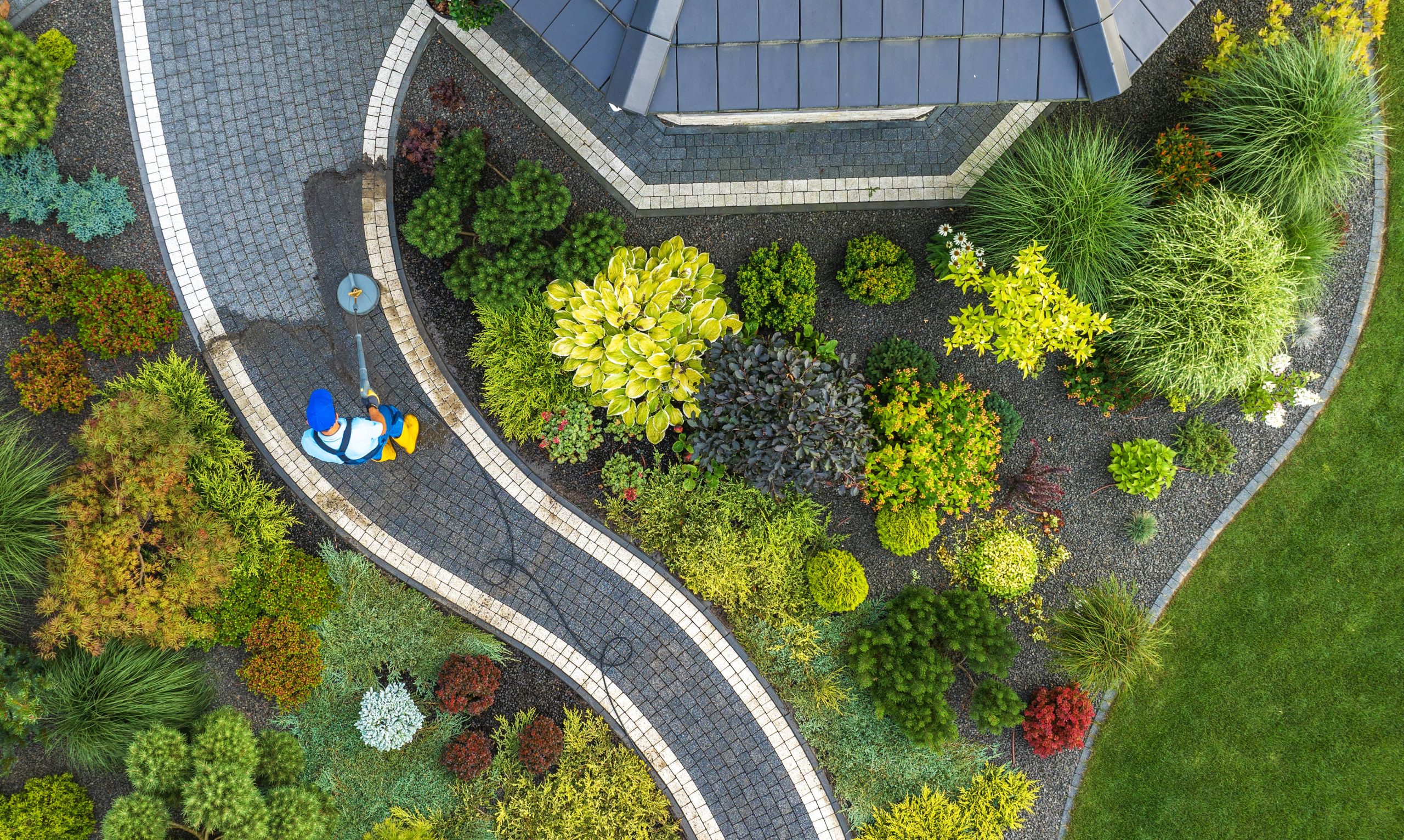
Watering your garden efficiently is pivotal to ensure healthy plants while conserving water. If you’re looking for a method that irrigates your garden efficiently without wasting water, a drip irrigation system may be the perfect solution. Drip irrigation is lauded for its precision and conservation, allowing water to dribble directly to the roots of the plants, minimizing evaporation and runoff. In this guide, we’ll walk you through how to install a drip irrigation system in your garden.
Understanding Drip Irrigation Systems
Before diving into the installation process, it’s essential to understand what a drip irrigation system is. Unlike other systems that spray water over plants, drip irrigation disperses water slowly and directly to the plant base through a series of tubes and emitters. This method not only reduces water waste but provides your plants with consistent moisture, leading to healthier growth and yields.
Benefits of Drip Irrigation
1. Water Conservation: Drip systems use 30-50% less water than conventional watering methods.
2. Targeted Watering: Direct application to the roots minimizes weed growth and ensures plants get the exact amount of water they need.
3. Improved Plant Health: Consistent moisture reduces plant stress, leading to stronger, healthier plants.
4. Adaptability: Works well in gardens of any size, from small plots to extensive landscapes.
Planning Your Drip Irrigation System
Before heading to the store, take time to plan your system. Consider these key steps:
1. Map Your Garden: Sketch a layout of your garden beds noting plant types and locations. This map will be your reference throughout the installation.
2. Calculate Water Needs: Different plants require different amounts of water. Understanding your plants’ needs will help in determining the types of emitters you’ll need.
3. Measure Water Source Pressure: Drip systems operate best at 20-40 PSI. Most household supplies deliver higher pressure, so a pressure regulator may be necessary.
Gathering Your Tools and Materials
Here’s a checklist of what you’ll typically need:
– Mainline tubing (1/2 inch or 3/4 inch)
– Emitter tubing (1/4 inch)
– Emitters (varied gallons per hour)
– Pressure regulator
– Filter (to protect emitters from clogging)
– Barbed fittings and end caps
– Hole punch tool
– Timer (optional, for automated irrigation)
– Stakes or holders to secure tubing
Installing the Drip Irrigation System
Here’s a step-by-step guide to assist you:
1. Setup and Connection
– Connect to Water Source: Attach your mainline tubing to your water source (usually an outdoor tap) using a backflow preventer, pressure regulator, and filter.
– Run Mainline Tubing: Lay out your mainline tubing throughout the garden. Use stakes to secure it in position.
2. Positioning Emitter Tubing
– Branch off Mainline Tubing: Use barbed connectors to attach the 1/4-inch emitter tubing where needed.
– Determine Emitter Placement: With your garden map in hand, decide where to install emitters based on plant watering needs (e.g., placing two per plant for larger vegetation).
3. Installing Emitters
– Puncture the Tubing: Use your hole punch tool to make holes in the emitter tubing.
– Insert Emitters: Firmly insert emitters into the holes. Choose emitters with adjustable flow rates to meet specific plant needs.
4. Testing and Adjustments
– Test the System: Once everything is in place, turn on the water. Check for leaks around connections and ensure emitters provide adequate water flow.
– Adjust Accordingly: Should any plants receive too much or too little water, adjust the emitters or tubing placement.
5. Finalize the Setup
– Cap the Ends: Once satisfied, close off any open ends in the tubing with end caps or figure-8 clamps.
– Automate (Optional): If desired, set up a timer to automize your watering schedule.
Maintenance Tips
To keep your drip irrigation system running smoothly:
– Check Emitters Regularly: Ensure they’re not clogged. Clean any that are not working properly.
– Inspect for Leaks: Periodically check connections to ensure everything is snug.
– Adjust Seasonally: Alter the watering schedule as needed with climate changes.
Conclusion
Installing a drip irrigation system may require an initial investment of time and resources, but the benefits far outweigh the costs. With water conservation increasingly crucial, drip irrigation offers an eco-friendly solution, enabling you to maintain a lush, vibrant garden effortlessly. By following this guide, you’ll be well on your way to transforming your green space into a thriving, efficient haven. Whether you’re a seasoned gardener or a beginner, a drip irrigation system can elevate your gardening game to a whole new level. Happy gardening!







